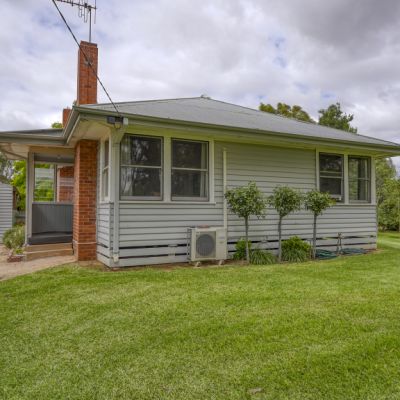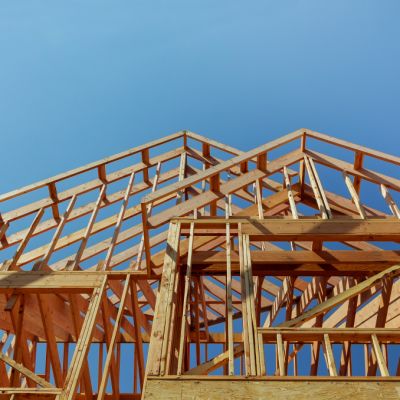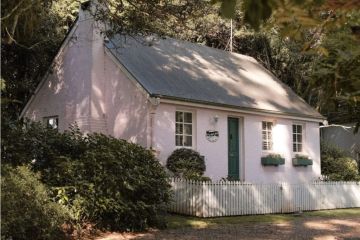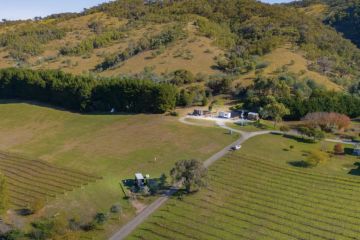Wrong housing mix fails to meet needs of Australians, barrier to affordability: AHURI report
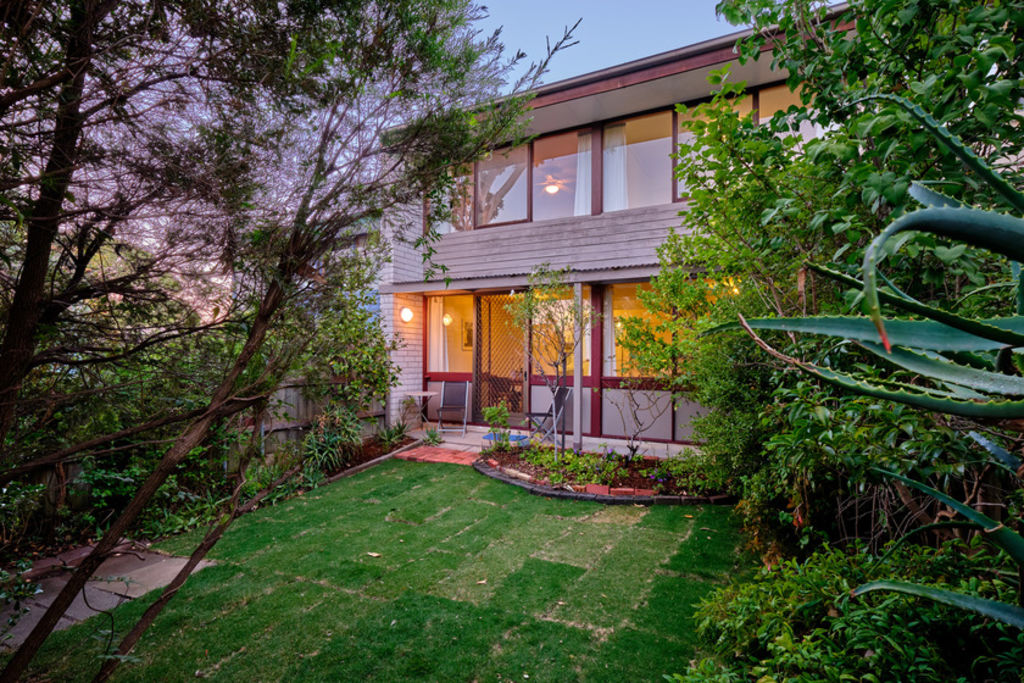
Too much of the wrong type of housing is being built and government subsidies are needed to improve the housing mix and boost affordability for the lowest income households, new research shows.
Lower-density suburban areas with detached houses do not have enough different types of dwellings, and more medium-density townhomes with ground access are needed.
Higher density apartments that can accommodate different resident needs and lifestyles are also lacking, as is rental housing offering security of tenure and affordable housing for low-income earners, according to a new report from the Australian Housing and Urban Research Institute.
It follows separate figures this week showing new demand for housing is set to fall by nearly 300,000 dwellings over the next five years as international border closures prompt a sharp slow down in population growth.
Although the AHURI research was conducted pre-pandemic, demand for medium-density housing and for apartments designed to fit residents’ lifestyles is unlikely to have changed, according to lead researcher and post-doctoral research associate in the School of Architecture, Design and Planning at the University of Sydney, Catherine Gilbert.
“There’s often an assumption that housing that’s smaller or has a more simple design will be more affordable but that’s not always the case,” Dr Gilbert told Domain.
“If you want to deliver housing at a price that is affordable to low and moderate income earners it needs to have a subsidy.”
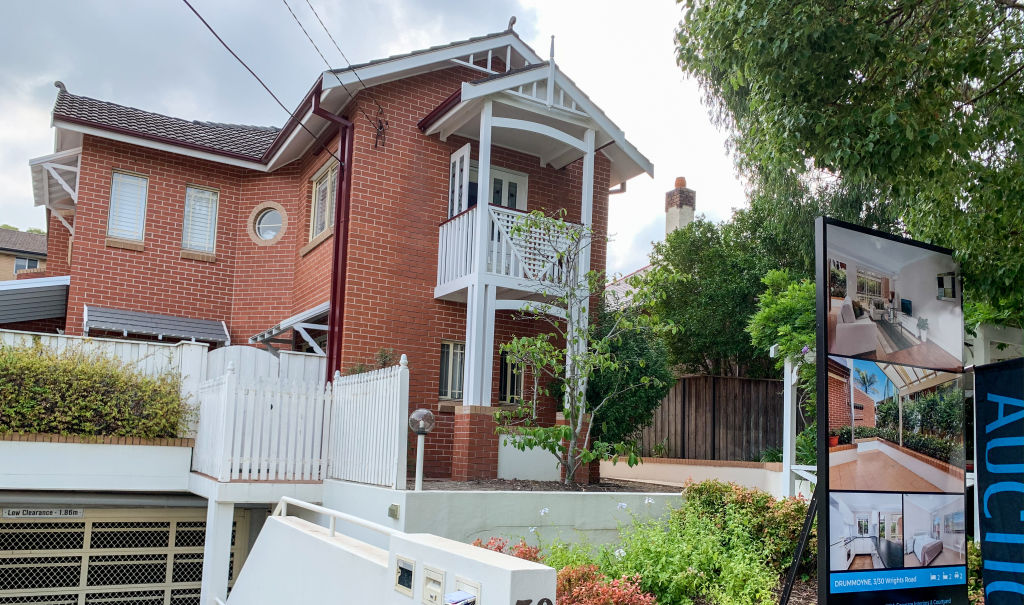
Governments could offer concessions around fees or contribution requirements for projects that are meeting an unmet housing need or delivering housing for lower income groups, she said.
Grants could also be offered to support specific projects or new housing sectors, as could low-cost loans, or contributions of government land.
In terms of planning, large-scale developments could be required to have a mix of different types and tenures of homes, she said, while different types of housing could be named as potentially permissible land uses within zones.
Changes such as these could assist community-led developments, developments led by their future residents and other start-up organisations looking to create more innovative housing.
In Canada and the UK, special incentives and government funds supported more purpose-built rental housing and community-led housing project, notes the report, written in conjunction with researchers at Curtin University, the University of Adelaide and the University of Melbourne.
Dr Gilbert notes some progress on purpose-built rental housing is under way in Australia, particularly in NSW. Build-to-rent developments, where rental apartments are owned en masse by an institutional landlord rather than individual mum and dad investors, has been gaining traction in recent years and one major project in Sydney Olympic Park is now taking tenants.
The research was conducted before the pandemic sparked a shift in thinking about housing that prompted many remote workers to consider a tree-change or look for larger accommodation with a home office, but Dr Gilbert said its findings hold.
“That demand for higher-density housing that’s designed to people’s lifestyle preferences – and [medium-density] ground access housing – is probably going to be even more in demand,” she said.
“We’ve already seen government moving in that direction to support the industry. Hopefully, the time is right to target some of that funding and planning reform to deliver not just overall housing supply but also the diverse housing we lack.”
We recommend
We thought you might like
States
Capital Cities
Capital Cities - Rentals
Popular Areas
Allhomes
More
